To some, making coffee includes instant mixes and a cup of hot water. For other discerning folks though, brewing joe is a work of art. If you want more creativity out of something several folks might call a basic task, here is a list of common brewing techniques.
Eager for that caffeine buzz? Then you have to get a French press for a faster, stronger cup. All you have to do is put the grounds in the pitches, pour hot water on it then let steep for 5. Once those 5 minutes are done, just press on the strainer to get your freshly-brewed joe.
Keep in mind that the longer you steep, the higher the amount of caffeine on the joe, so this method is ideal for those who want to wake up fully in the mornings. However, also remember that big amounts of caffeine also contain great quantities of cafestol, a molecule present in coffee which can raise cholesterol levels.
The common drip-brew process consists of dispensing hot water on the grounds in an automated machine. It is considered an ideal way to get your cuppa because it’s quick, simple and time-honored.
In addition, it is also the healthiest among the methods because the filter included in the machine takes in the natural oils on the coffee grounds, which can raise your cholesterol levels over the course of time.
Espresso is a method to brew coffee and it needs appropriate equipment to make a great shot. It can be a tiresome process, but given enough time and practice, one can master the craft. Any coffee can be made into espresso but each kind can differ in terms of flavor.
The method involves pressing hot water on a compressed espresso puck of coffee grounds at a high pressure. Each and every espresso machine employs the use of boilers with a heating component that draws the water to the needed temperature. A good espresso machine provides stable heat and pressure throughout the process.
The Moka pot is at times referred to as an electric coffee maker or stove-top espresso maker. You can make a cup from it by passing hot water that’s pressed forward by means of steam through the grounds. It has an extraction rate that’s the same as that of a standard espresso machine, which results into a stronger cup.
Single-serve cups of joe are heaven-sent for those who want that blast of caffeine anywhere they go, anytime. This methods works like a conventional drip device, the difference being the coffee is already crushed and portioned out. You just put a pod of the stuff in the device and after 5 minutes, have your steaming cup of java.
Pods usually come in dark roast and light roast varieties. The dark ones contain antioxidants that fight cancer while the lighter ones are apt to contain greater amounts of caffeine.
-
Instant Coffee
The fastest, most straightforward among methods, without relying on machines; all you have to do is take a cup of steaming water and mix some coffee powder in it.
It is not considered real coffee by connoisseurs of the craft because it’s just freeze/spray-dried coffee extract but studies have shown that instant coffee is packed with blood sugar-lowering antioxidants which can curb your risk of getting diabetes.
-
Cold Brew
Cold brewing is a method embraced by today’s joe aficionados and is quite similar to the French press method. However, instead of hot water, cold water is employed in the process and the coffee grounds are steeped for a good 12 hours. This results into a sharper yet sweeter cup of joe as compared with other coffees because the cold water draws out the organic flavors of the grounds’ oils (hot water modifies the oils or gets rid of it).
Coffee beans are usually acidic, and in cold brewing, these acids are purged so this method is actually recommended for those who go through acid reflux or heartburn. However, if you are not into a frosty cuppa, make some with cold water then mix hot milk or water with it whenever you need one.
The Chemex brewer was made in the 40’s and just recently, it has made a comeback due to the efforts of coffee aficionados who want more than just barista-tendered mixes. It works like a conventional drip-machine and it usually involves dispensing heated water over the coffee grounds. However, the method is distinctive since it needs a thrice-thick filter.
Because of the filter, the finished product provides a smoother, cleaner cuppa with fewer oils than a conventional drip-produced brew. This nifty device also makes sure that the water will stay at a fixed 180 to 200 degrees.
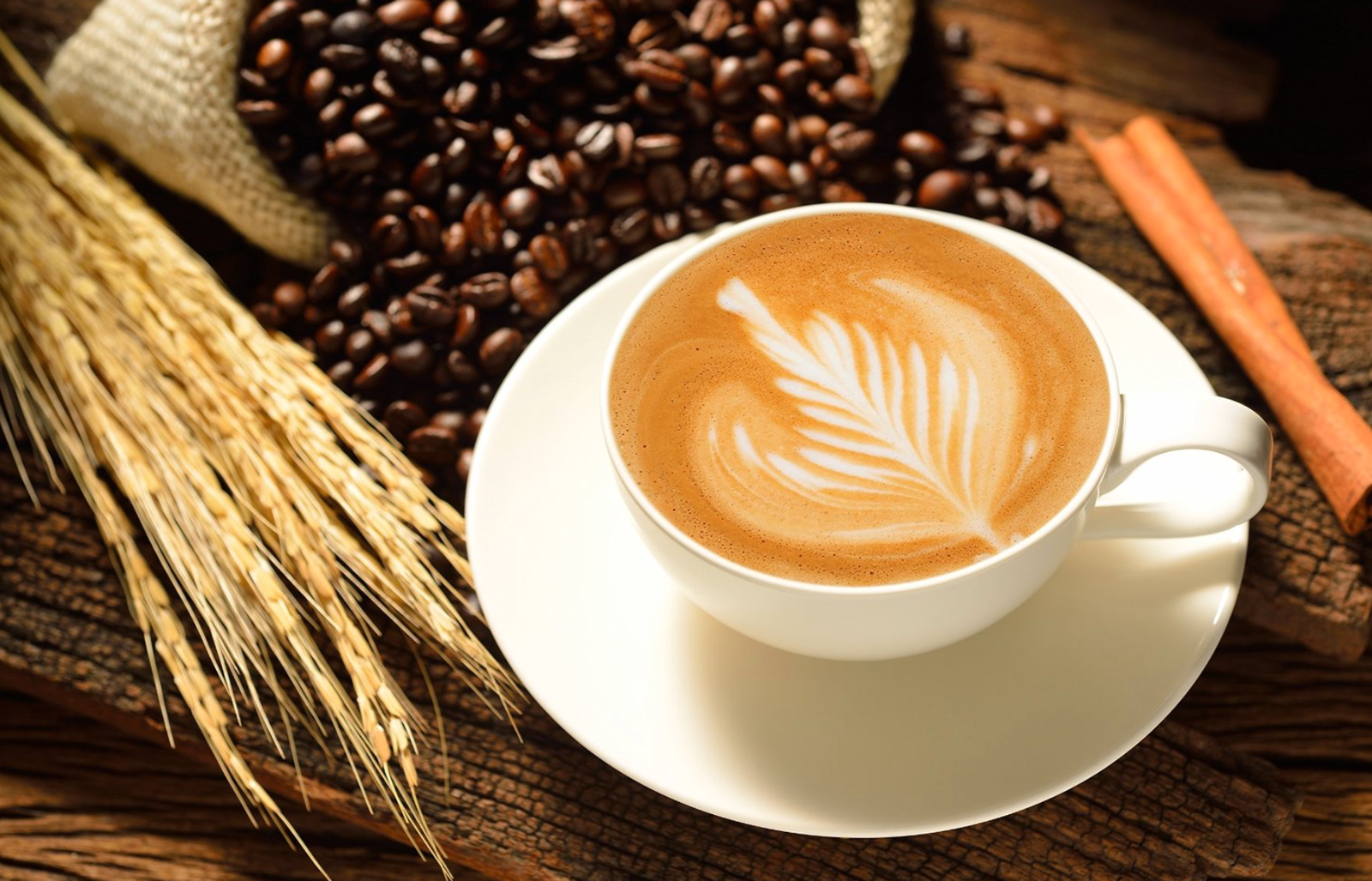
 French Press
French Press Drip Coffee Maker
Drip Coffee Maker Espresso Machine
Espresso Machine Moka Pot
Moka Pot Single Serve
Single Serve Chemex
Chemex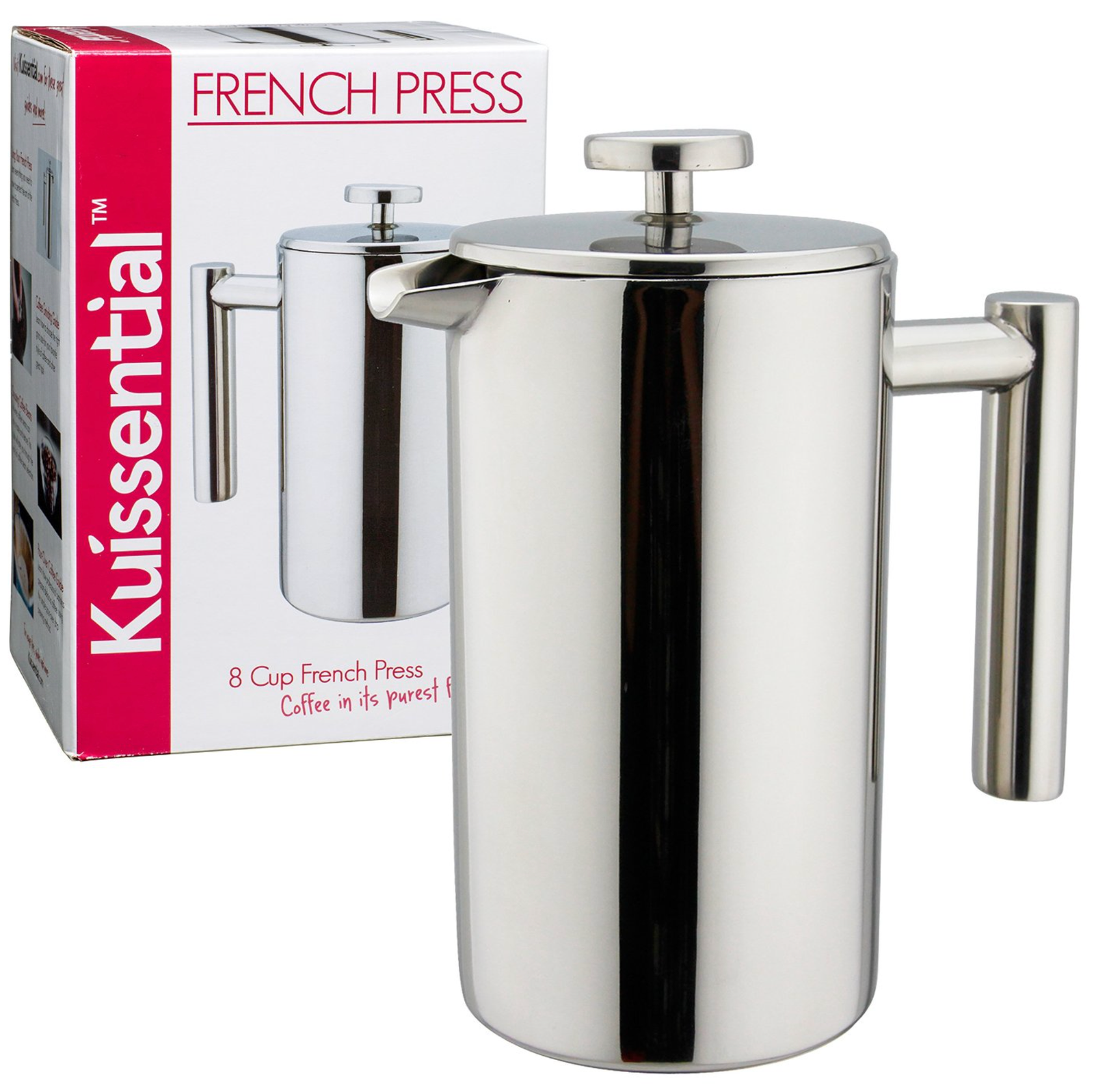

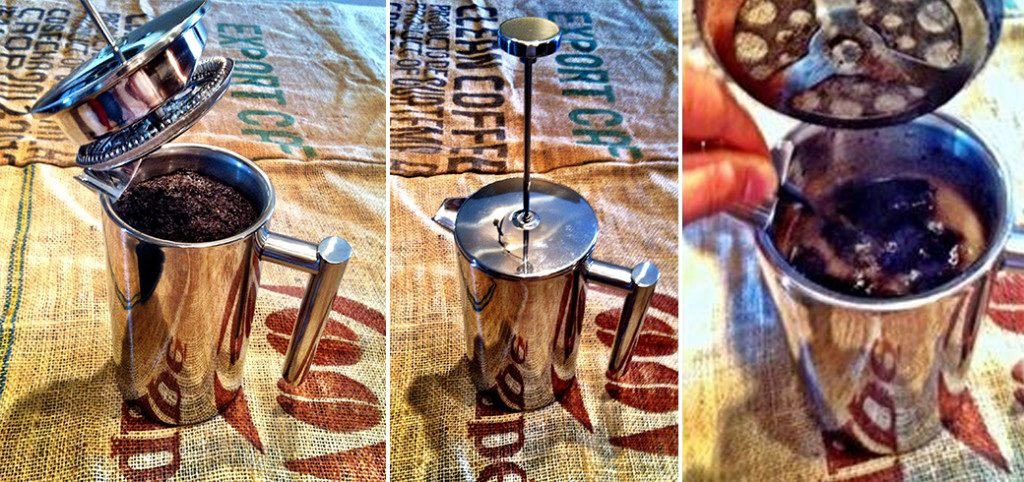

 Features
Features Final Verdict
Final Verdict


 Features
Features The steeping process is also not that hard to achieve on this unit. As long as you grind your coffee beans properly, the rest of the steps merely involve a quick &
The steeping process is also not that hard to achieve on this unit. As long as you grind your coffee beans properly, the rest of the steps merely involve a quick &  Pros:
Pros: Final Verdict
Final Verdict
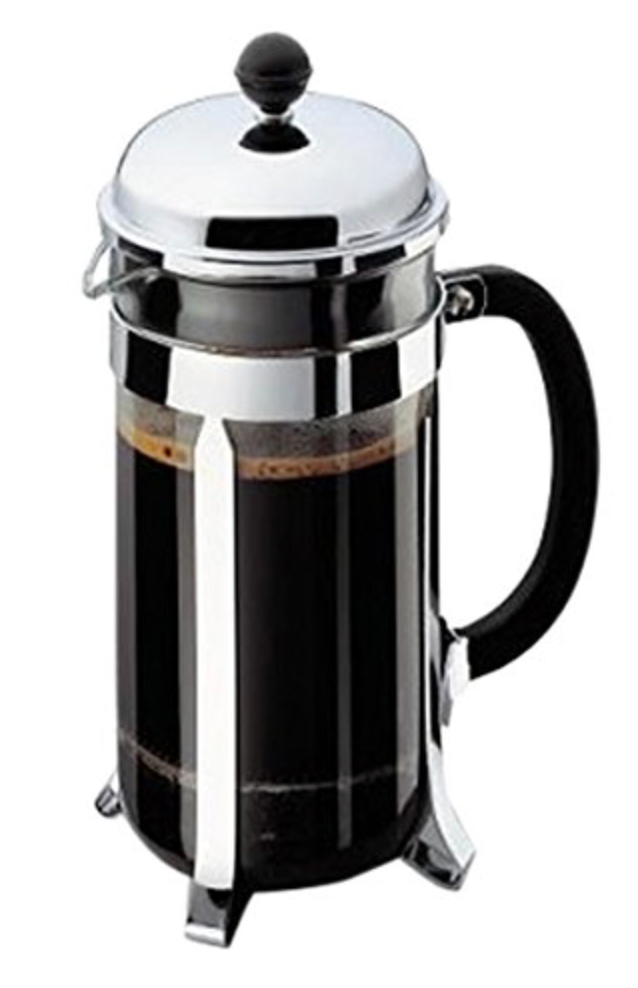
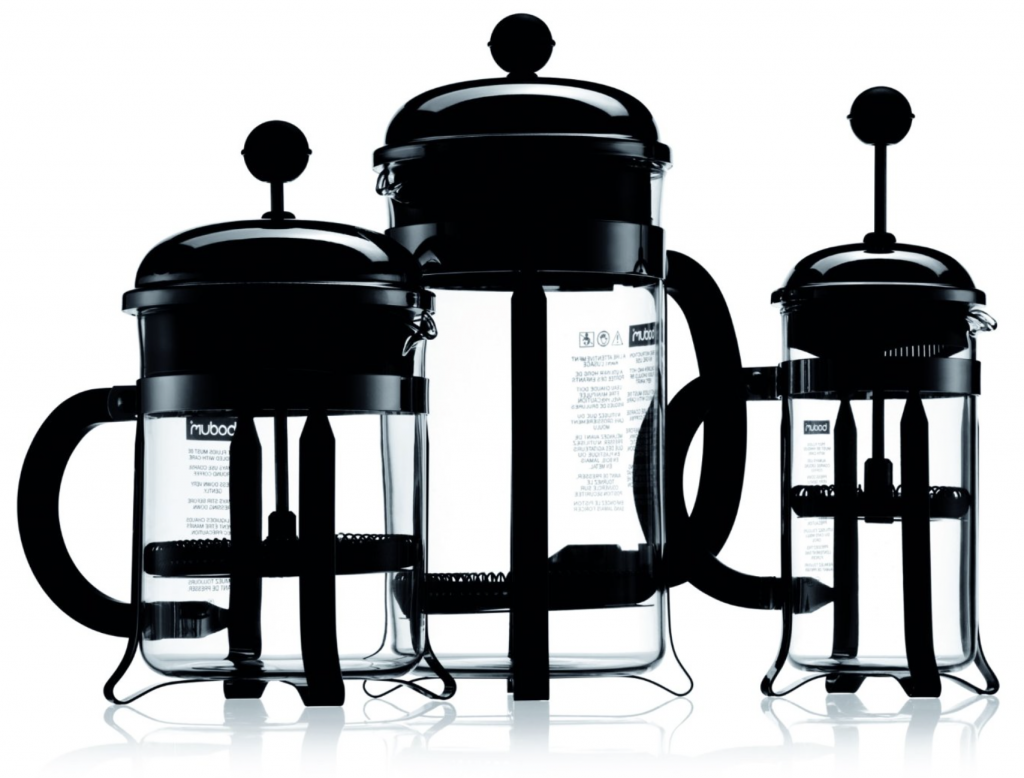









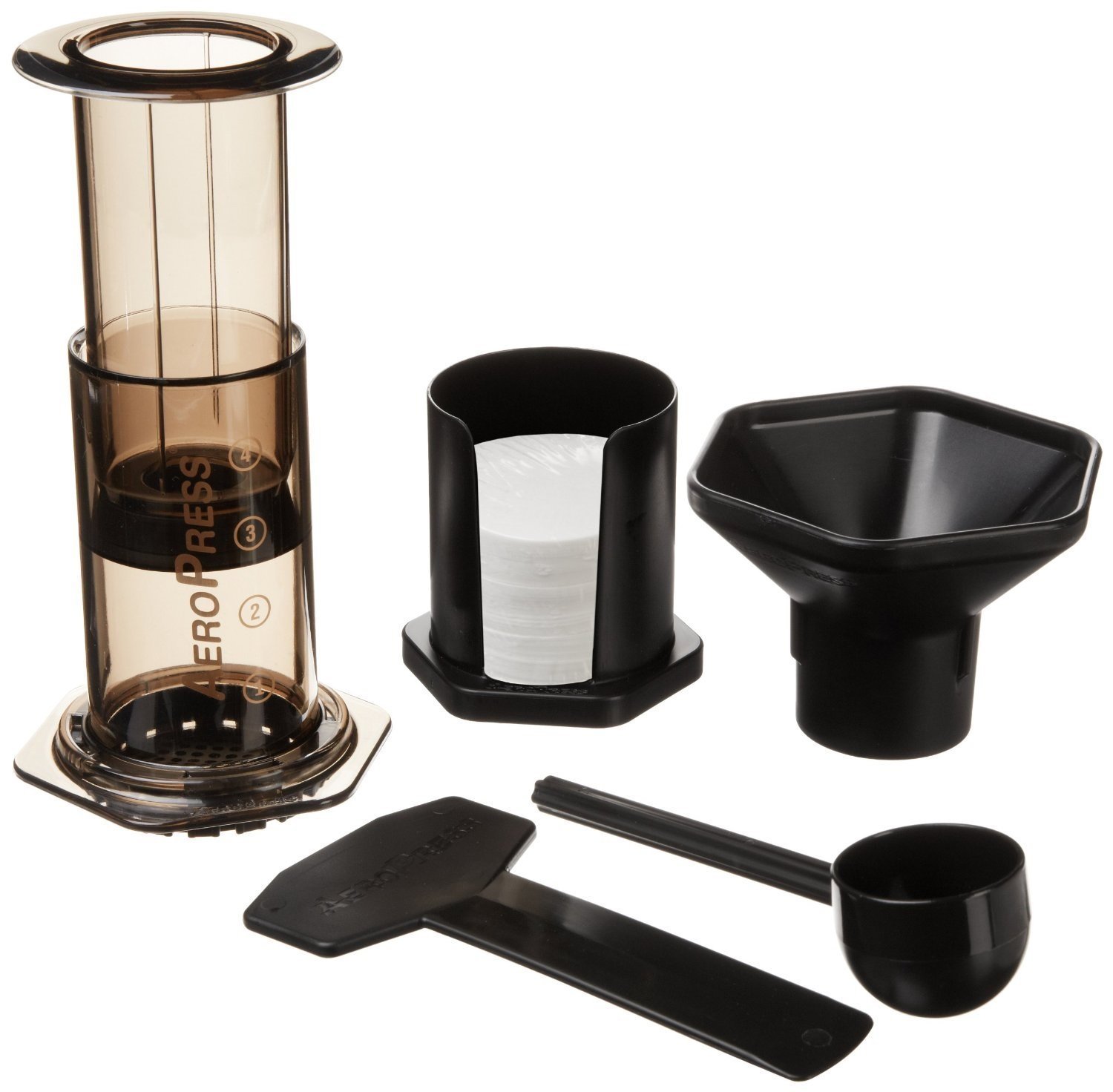

 The
The  The third piece in the system is a black punctured filter container that measures around a half-inch deep. This filter is positioned then secured to the brewing slot with rapid screwing motions.
The third piece in the system is a black punctured filter container that measures around a half-inch deep. This filter is positioned then secured to the brewing slot with rapid screwing motions. Pros
Pros
 The
The  Once the coffee beans reach their peak ripeness, they’re now ready for harvesting. In some countries, coffee beans are either handpicked or harvested using a harvesting machine but the actual harvesting process can be categorized into two ways: selectively picked or strip picked.
Once the coffee beans reach their peak ripeness, they’re now ready for harvesting. In some countries, coffee beans are either handpicked or harvested using a harvesting machine but the actual harvesting process can be categorized into two ways: selectively picked or strip picked. Once the coffee cherries are harvested, the beans should be separated from its outer layer of flesh within 24 hours. This process is called pulping and is done so as not to spoil the natural rich flavor of the coffee beans. It also prevents the quick spoilage of the coffee beans.
Once the coffee cherries are harvested, the beans should be separated from its outer layer of flesh within 24 hours. This process is called pulping and is done so as not to spoil the natural rich flavor of the coffee beans. It also prevents the quick spoilage of the coffee beans. Next in the process is roasting the coffee beans which borders between being a science and an art. This is because
Next in the process is roasting the coffee beans which borders between being a science and an art. This is because  Last but not the least is the grinding and brewing process. This is the time when you try to get the most flavor of coffee beans in a cup and enjoy it.
Last but not the least is the grinding and brewing process. This is the time when you try to get the most flavor of coffee beans in a cup and enjoy it.
 The Beans
The Beans The Cultivars
The Cultivars
 This type of coffee is said to be the foundation for the different varieties of special coffee drinks. Espresso is that strong black coffee that most people have been used to drinking for years now. It is done through forcing steam to the sweet-smelling coffee beans at high pressure.
This type of coffee is said to be the foundation for the different varieties of special coffee drinks. Espresso is that strong black coffee that most people have been used to drinking for years now. It is done through forcing steam to the sweet-smelling coffee beans at high pressure. Cappuccino’s been a popular drink these days that even the most common coffee shops offer it and even versions of it. To achieve that classic cappuccino, you oly have to combine equal parts of steamed milk, milk froth and of course, espresso. And if you’ve done it properly this drink can be both your dessert and your drink.
Cappuccino’s been a popular drink these days that even the most common coffee shops offer it and even versions of it. To achieve that classic cappuccino, you oly have to combine equal parts of steamed milk, milk froth and of course, espresso. And if you’ve done it properly this drink can be both your dessert and your drink. This type of coffee is done with three parts of steamed milk to one part of espresso and on top a layer of milk foam. To have it taste better, add some sugar to your latte.
This type of coffee is done with three parts of steamed milk to one part of espresso and on top a layer of milk foam. To have it taste better, add some sugar to your latte. Caf au Lait is the French version of the caffe latte. The only thing that differentiates it from Caffe Latte is that it instead of
Caf au Lait is the French version of the caffe latte. The only thing that differentiates it from Caffe Latte is that it instead of  The name was said to have originated based on how Americans would usually do with their espresso, which is to dilute it first. To prepare for it, you only have to have a single shot of
The name was said to have originated based on how Americans would usually do with their espresso, which is to dilute it first. To prepare for it, you only have to have a single shot of  Mochaccino is another version of your Cappuccino or Caffe Latte that has been added with a chocolate powder or syrup.
Mochaccino is another version of your Cappuccino or Caffe Latte that has been added with a chocolate powder or syrup. Also known as Cold Press, the Cold Brew type of coffee is done by precipitating coffee out of coffee grounds soaked in water at a cold or room temperature for at least 12 hours and even more. After the long hours of holding period, the grounds are then filtered out of the water through a paper coffee filter or any filtering system. This gives the coffee with a more concentrated result.
Also known as Cold Press, the Cold Brew type of coffee is done by precipitating coffee out of coffee grounds soaked in water at a cold or room temperature for at least 12 hours and even more. After the long hours of holding period, the grounds are then filtered out of the water through a paper coffee filter or any filtering system. This gives the coffee with a more concentrated result. If you want the goodness of a coffee without the caffeine then a Decaffeinated Coffee is the best choice.
If you want the goodness of a coffee without the caffeine then a Decaffeinated Coffee is the best choice. This type of coffee is the best choice if you want espresso served in cold. Frappe has been popular in Europe and Latin America especially during summer season.
This type of coffee is the best choice if you want espresso served in cold. Frappe has been popular in Europe and Latin America especially during summer season.